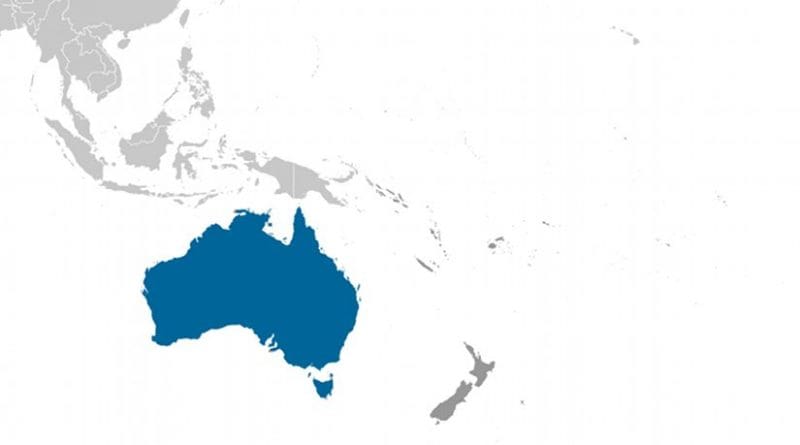Bringing Okinawa To Australia: An American Base Down-Under? – OpEd
‘How do you deal toughly with one’s banker?’ asked US secretary of State Hillary Clinton of that mistakenly labeled China darling, the current Australian foreign minister Kevin Rudd. The answer, as it developed, was quite straight forward. Rudd, wearing his neat fitting ‘realistic’ hat, had the answers. China would (and we have Wikileaks to thank for this) be integrated into the international community, but one had to be wary. Australia and the United States had to prepared ‘to employ force if everything goes wrong’ (Sydney Morning Herald, Dec 6, 2010).
Rudd had been cooking his own variant of a solution – an Asia-Pacific community that would blunt China’s reach and affect in the region. And, of course, the hope that Australia would start beefing its navy ‘as a response to China’s growing ability to project force.’
With the murmurings of an increased military presence in Australia, Washington has signaled its intent that it doesn’t like its banker very much. With the use of Australian territory, the beast of Cathay is to be ringed by far reaching projects of American power. And beast is an entirely appropriate term if one is to understand the psychological critique of Rudd of the Chinese leadership, who he described in the discussion as ‘sub-rational and deeply emotional’.
In recent days there has been much chatter as to the prospect of enacting an increased rotation of US marine forces through Darwin. The Wall Street Journal suggested on Thursday that both countries will be involved in increased military exercises, allowing the United States to station more hardware in Australia. Canberra and Washington want to remind regional leaders about their cosy relationship, which might come in the form of a 60th anniversary present to commemorate the ANZUS Treaty: a US military presence in Darwin. Facilities at the Robertson Barracks may be increased to accommodate a thousand marines.
The Australian defense minister, for what it was worth, denied the claims ahead of President Barack Obama’s scheduled mid-week visit. ‘There are no United States bases in Australia and no proposal for such bases.’ Presumably Stephen Smith was forgotten the rather formidable piece of American infrastructure at Pine Gap, suggesting he might also be omitting a whole lot more. Rudd himself is simply suggesting everyone ‘await the president’s visit before confirming any particular elements of what defence cooperation might entail.’
As the former Australian Prime Minister Malcolm Fraser said at a gathering at Tokyo’s International House on November 12, it was sheer madness to endorse the plan of opening another US base in Australia, let alone one stationing US marines in the manner similar to an Okinawa situation. While the cultural conflicts are hardly going to be as strenuous should that happen, the debate on what affect foreign military presences have on the soil of allies is a serious one to consider.
Nor was it particularly bright to assume, according to Fraser, that any power had to exert primacy in the Pacific, or anywhere else. The view of many international security experts is that regional politics needs to have a colossus shading them, providing hands behind levers. Yet history is replete of regional initiatives that do not necessarily require the blessings of a hegemonic power. To make Australia a party to yet another daft plan of American encirclements of purported enemies would do nothing for its security interests and signal to all powers in the region where exactly it stands. A regional arms race is starting to look ever plausible, not to mention ‘sub-rational’.

